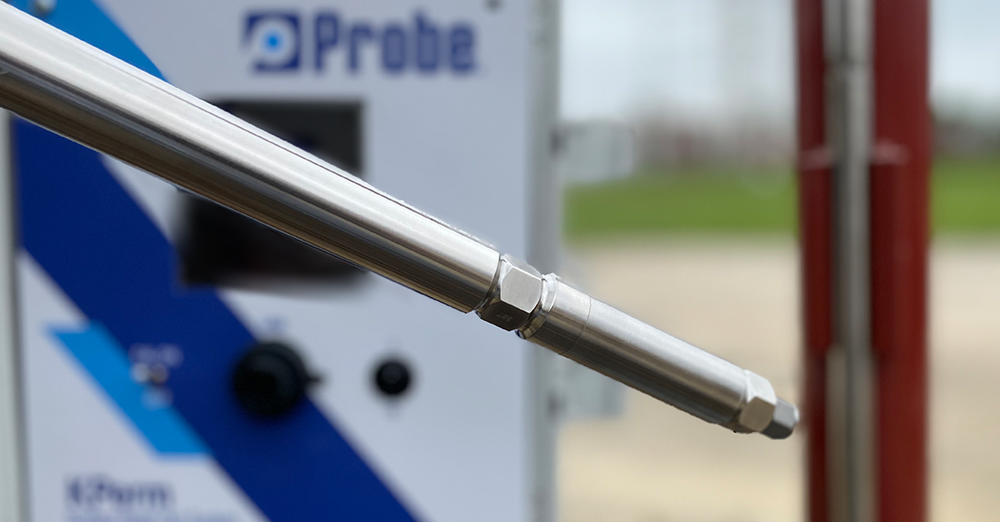November 9, 2020
With Probe Permanent Gauges You Can Gather Data for Years to Increase Reservoir Management Efficiency.
When it comes to measuring and recording well performance and reservoir behavior, downhole permanent gauges continue to stand the test of time, especially in terms of reliability and long-term performance that are key to achieving the customer’s reservoir monitoring requirements.
Permanent gauges are installed downhole to monitor and deliver accurate pressure and temperature readings in real time, round-the-clock. Data is transmitted to surface via a downhole TEC cable. The data is immediately displayed on a local surface panel where operators view it in real time. It is also communicated simultaneously by radio, satellite and secure network to designated engineers to view remotely. Consequently, operators are achieving better reservoir management standards, optimizing producing wells, improving production and obtaining critical reservoir build-up data without intervention. Permanent gauges make it possible to monitor pressure and temperature accurately and remotely year after year, throughout the life of the reservoir.
Outstanding performance reliability
Probe specializes in downhole monitoring technology and offers a range of field-proven permanent gauges with a performance reliability rating of 96.7%. Much of this high level of reliability can be attributed to the introduction of ebeam welding. Probe was first to seal its gauges internally and externally. This was in line with developing a cable head that features dual metal-to-metal seals. Every downhole gauge and accessory is made in the USA, and designed to withstand maximum shock and vibration.
A gauge for every operational need
Probe gauges are extensively used to monitor conditions in artificial lift wells, including gas lift, progressive cavity pump (PCP), naturally flowing, observation, and gas storage wells. The versatility of the gauge allows Probe to adapt the design to meet various applications.
Probe offers the industry three types of permanent gauges:
• The K-Perm™ Piezo-resistive Gauge delivers continuous pressure and temperature data, and is designed to withstand maximum shock and vibration. Because it is four times more accurate than the other piezo/strain gauges on the market, it is very popular. The longest-running installation at time of publishing was in excess of 2,500 days.
• The K-Perm™ Hi-Accuracy Quartz Gauge, is permanently installed downhole and supported via a solid gauge mandrel, provides accurate pressure and temperature data. The longest-running installation at time of publishing was in excess of 2,100 days.
• The K-Perm™ Multi-drop Gauge is based on Probe’s piezo gauge technology. It’s designed to accommodate up to six gauges a single TEC cable conductor. With multiple gauges, the Multi-drop Gauge has recorded a reliability and success rate of 97.3% in Asia. During the past seven years, the company has successfully supplied these gauges worldwide. The longest-running installation at time of publishing was in excess of 2,200 days.
Probe’s permanent gauges are pivotal to its advanced well monitoring solutions portfolio. Our focus is on continually improving reliability and providing customers with data accuracy and reliability.
“We strive to improve monitoring technologies to help customers boost production and optimize wells, and our permanent gauges are no exception,” said David Smith, North American Director of Sales for Probe.
“For example, to improve this line, we increased gauge accuracy from 0.1% full scale to today’s 0.024% full scale. This offers customers even greater confidence that they have a truly accurate assessment of well conditions, at all times,” he added.
With permanent gauges operating in the USA and overseas markets, Probe is confident that this reliable line of well monitoring technology will continue to flourish. “By helping operators reduce operating costs, optimize production, and prioritize well site visits, this field-proven monitoring system will continue to ‘stand the test of time’ for years to come,” added Smith.


